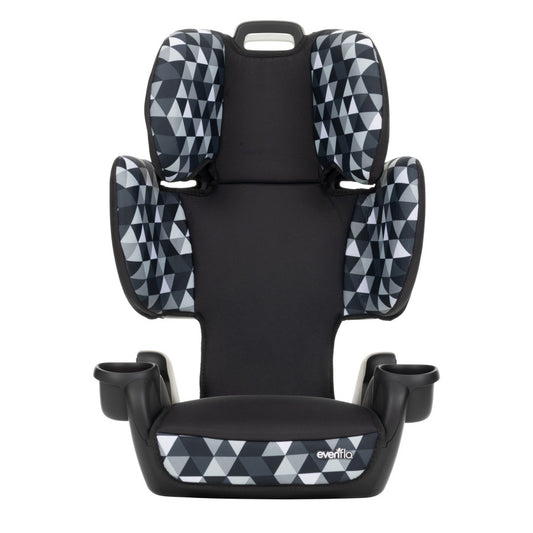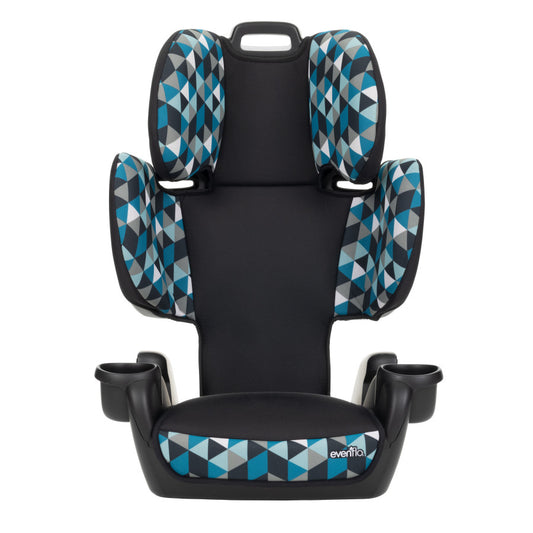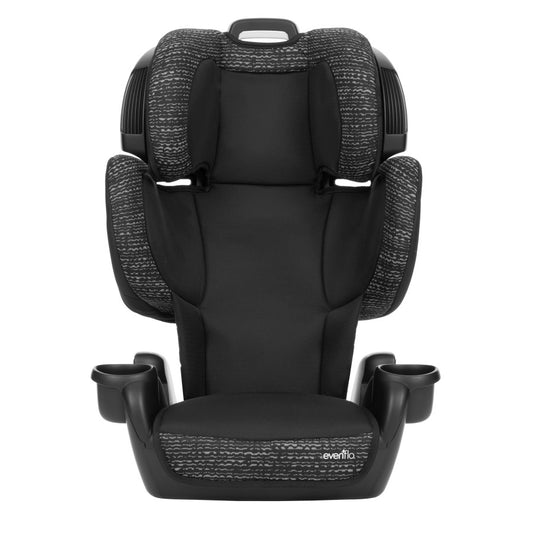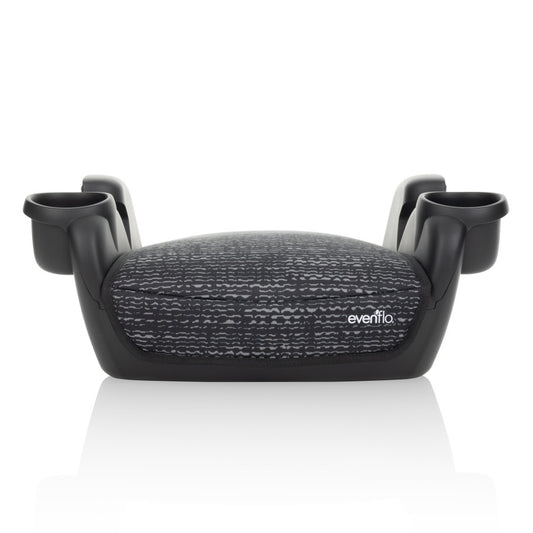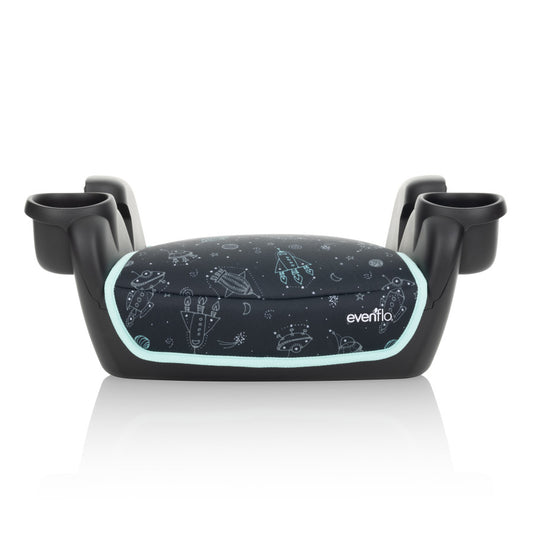-
GoTime Sport Booster Car Seat
Regular price From $43.27Regular priceUnit price per$44.98Sale price From $43.27 -

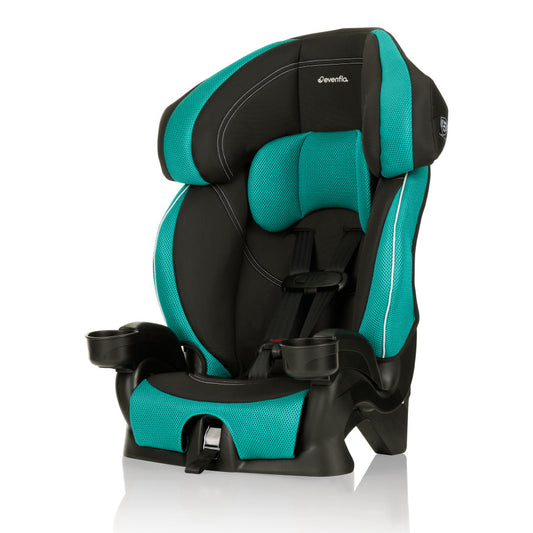 Sold Out
Sold OutChase LX 2-In-1 Booster Car Seat
Regular price $79.99Regular priceUnit price per$89.99Sale price $79.99Sold Out -
GoTime LX Booster Car Seat
Regular price From $52.56Regular priceUnit price per$55.99Sale price From $52.56 -
GoTime No Back Booster Car Seat
Regular price $30.99Regular priceUnit price per$30.99Sale price $30.99 -
Chase Plus 2-In-1 Booster Car Seat
Regular price From $64.88Regular priceUnit price per
It’s car seat graduation time. Get ready to shuttle them to lessons, playdates and practices with Evenflo harnessed and belt-positioning booster seats. You’ll love how they meet your need for safety—and their need for cool kid style.
When Should a Child Transition to a Booster Seat?
There is no set age when a child should transition to a booster seat, as every child grows at a different rate. Experts generally recommend keeping a child in a forward-facing car seat with a 5-point harness until they have fully outgrown it, as this provides the best protection. However, common guidelines suggest that a child is ready for a booster seat when they are at least 4 years old, 40 pounds, and 40 inches tall. Proper seat belt fit is also crucial—when seated in a booster, the lap belt should rest low on the hips or upper thighs, and the shoulder belt should cross the middle of the shoulder, not the neck. Additionally, if a child is particularly active or struggles to sit properly in a booster, it may be safer to keep them in a forward-facing harnessed seat until they are more mature. Always follow the specific height and weight limits of your booster seat for the safest transition.
What are the Height and Weight Requirements of Evenflo Booster Seats?
| Chase LX 2-in-1 Booster Seat: | GoTime Sport Booster Car Seat: | GoTime LX Booster Car Seat: | GoTime No Back Booster Car Seat: |
|---|---|---|---|
| Weight = 40-110 lbs. | Weight = 40-120 lbs | Weight = 40 - 120 lbs | Weight = 40 - 120 lbs |
| Height = 43.3 - 57 in | Height = 44 - 57 in | Height = 44 - 57 in | Height = 44 - 57 in |
